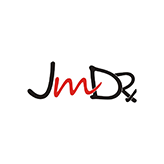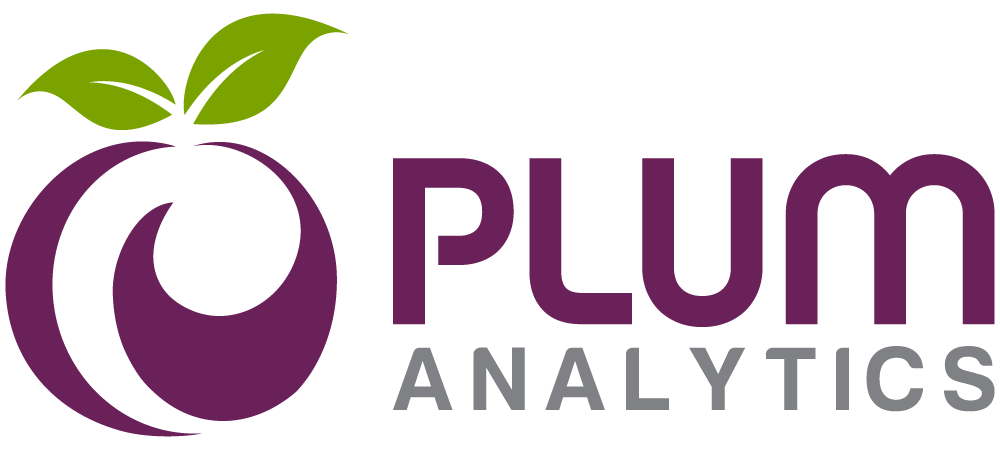

Journal of Multidisciplinary Dental Research
Volume: 10, Issue: 2, Pages: 60-64
Case Report
Gahana Muthamma1, Heena1,∗, T P Chandru2
1Postgraduate student, Department of Pediatric and Preventive Dentistry, Coorg Institute of Dental Sciences, Virajpet, Kodagu, 571218, Karnataka, India
2Professor, Department of Pediatric and Preventive Dentistry, Coorg Institute of Dental Sciences, Virajpet, Kodagu, 571218, Karnataka, India
*Corresponding Author
Email: [email protected]
Received Date:17 July 2023, Accepted Date:18 March 2024, Published Date:20 August 2024
The differentiation process of dental lamina and morpho-differentiation of the tooth germ may be the cause of developmental abnormality in terms of number, size, and shape. Management of such anomalies can be more complicated, because they can result in aesthetic problems, malocclusion, and other significant clinical consequences. To present a rare case with developmental anomalies of fusion of the permanent right mandibular central and lateral incisor with unusual anatomy of mandibular first and second premolar with two roots and canals. A 8-year-old male patient reported to the department of Pediatric and Preventive Dentistry for routine dental check-up and after clinical examination a preliminary diagnosis of fusion was made i.r.t 41,42. CBCT examination revealed fusion of mandibular permanent central and lateral incisors and also the presence of two roots in the first and second premolars bilaterally. For fusion the aesthetic management of bifurcation of crown was the suggestion. The two root canals of premolars could be challenging if root canal treatment was required. Although asymptomatic, these dental anomalies of fusion can be of aesthetic concern and management of disengaging the fusion require skillful technique. The two root canals of premolars were caries free and as this variation has been observed in young age the preventive strategy for caries is strongly recommended.
Keywords: Root Morphology, Fusion, Dental anamoly, Permanent dentition
© 2024 Published by International Dental Educationists’ Association (IDEA). This is an open-access article under the CC BY license (https://creativecommons.org/licenses/by/4.0/)
Gahana Muthamma, Heena, T P Chandru. A Rare Case of Morphological Variation in Mandibular Dentition: Fusion and Two Rooted Premolars. J Multi Dent Res. 2024;10(2):60–64. https://doi.org/10.38138/JMDR/v10i2.23
Subscribe now for latest articles, news.

